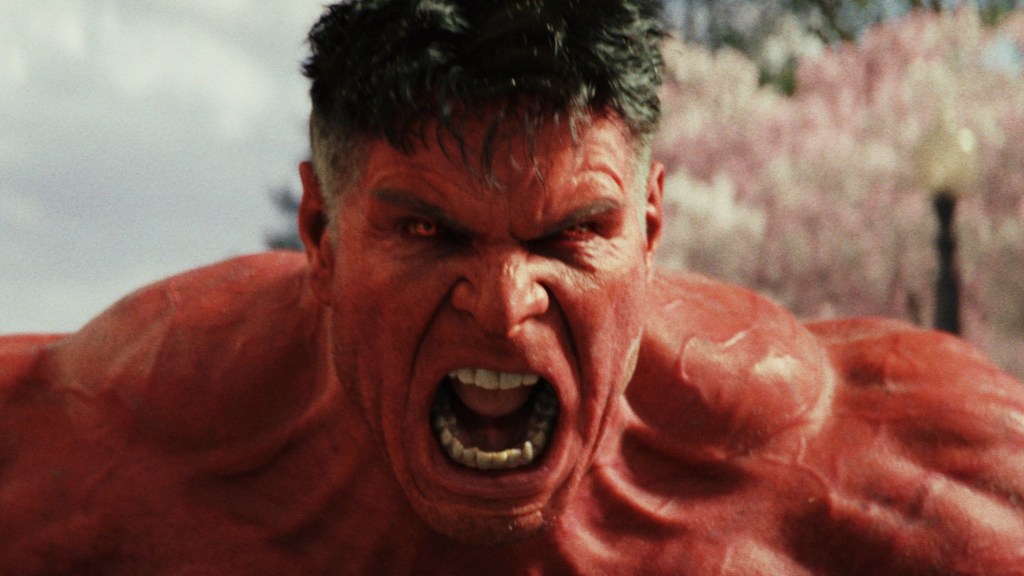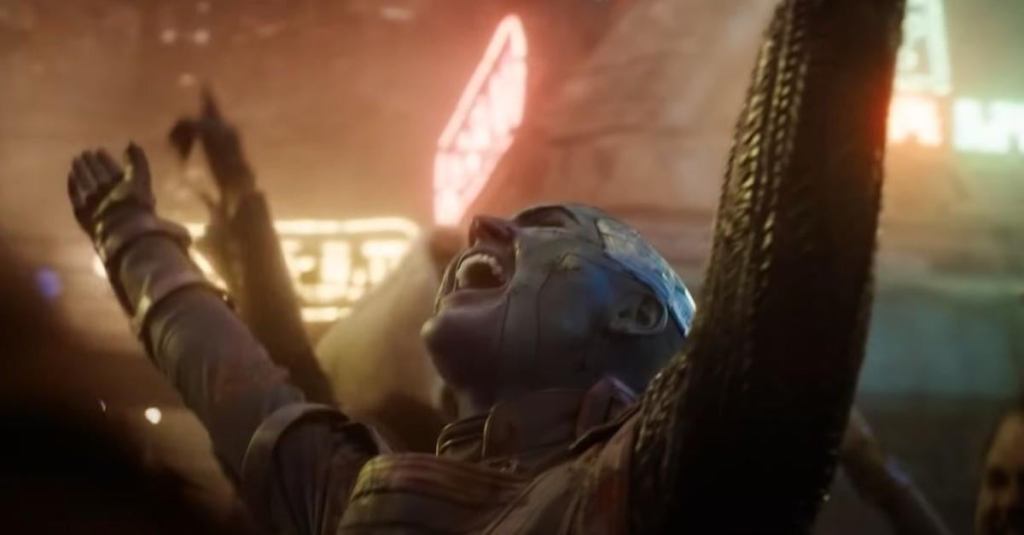With the final episodes of Ironheart now available, Phase 5 of the Marvel Cinematic Universe has officially concluded, and the final tally confirms a worrying trend. This latest chapter of the Multiverse Saga stands as the lowest-grossing phase in the MCU’s seventeen-year history, earning a combined total of approximately $3.66 billion. For perspective, that figure is less than the $3.81 billion earned by the six foundational films of Phase 1 over a decade ago. That means that while the staggering success of Deadpool & Wolverine provided a massive boost, it couldn’t mask the underlying problem.
Videos by ComicBook.com
The issue with Phase 5 becomes clearer when you look past the cumulative total and examine the deep internal divide. The phase’s overall performance was heavily propped up by just two major successes, with Deadpool & Wolverine delivering a massive $1.34 billion, while James Gunn’s Guardians of the Galaxy Vol. 3 brought in a strong $845.6 million. In contrast, Ant-Man and the Wasp: Quantumania finished with $476.1 million, Captain America: Brave New World earned $415.1 million, and Thunderbolts managed just $381.9 million despite critical and fan acclaim, all falling short of profitability. The most significant failure was The Marvels, which ended its run with a disastrous $206.1 million worldwide, becoming the MCU’s biggest box office bomb.

This trend marks a significant downturn even from the turbulent Phase 4. While also criticized for its lack of cohesion, Phase 4 still managed to gross over $5.8 billion, thanks in large part to genuine event-level films. Spider-Man: No Way Home became a cultural phenomenon by uniting three generations of Spider-Men, soaring to $1.9 billion. Similarly, Doctor Strange in the Multiverse of Madness crossed $955 million by leveraging the post−WandaVision hype and its connection to the multiverse. Even Thor: Love and Thunder ($760M) and Wakanda Forever ($859M) capitalized on the immense brand awareness of their successful predecessors.
Sure, Marvel Studios didn’t even get close to the mindblowing $11 billion of Phase 3. However, the results of Phase 4 were still commendable. Now, Phase 5’s performance signals that the diminishing returns of the MCU are not a temporary dip but a clear symptom of a broken financial model, one that pairs nine-figure budgets with unrealistic expectations in a theatrical landscape that has fundamentally changed.
The Unsustainable Math of a Modern Blockbuster

The MCU’s box office decline doesn’t happen in a vacuum. The entire theatrical landscape has been reshaped since the pre-pandemic highs of 2019, a year that saw nine different films cross the billion-dollar threshold. In the six years since only ten movies have managed to do the same. Audiences have become more discerning, streaming windows have shrunk, and the cost of a night at the movies has soared. As a result, the billion-dollar hit is no longer a regular occurrence but an outlier.
The core issue is that Marvel Studios has failed to adapt its financial strategy to this new reality. The studio continues to operate with pre-pandemic budget expectations, treating nearly every project as a quarter-billion-dollar event that demands a near-billion-dollar return. With production costs for films like The Marvels hitting a reported $270 million and even team-ups like Thunderbolts costing $180 million, the bar for profitability is set impossibly high. In this climate, a $400 million gross for a film like Brave New World is treated as a failure, when it should be considered a respectable return. This approach, where every film must be a grand slam, is simply no longer viable.
The MCU Must Diversify Its Budget to Survive

If Marvel hopes to correct its course, the solution is not just to make better movies, but to make them more intelligently. The “one-size-fits-all” budget of around $200 million must be abandoned in favor of a more diverse and sustainable financial blueprint. The future of the MCU should be one where a project’s budget is tailored to its specific creative scale and audience appeal. After all, not every character needs a world-ending epic, and not every film needs a budget that reflects that ambition.
The most promising model for this new era is currently being developed by Marvel’s main competitor. Under James Gunn and Peter Safran, the new DC Universe is producing a Clayface film as a smaller-scale horror story with a budget reported to be around $40 million. With a lower financial barrier, the film doesn’t need to be a global phenomenon to become wildly profitable. It can focus on being a great, genre-specific movie that serves a dedicated audience and still be a huge financial success. Even if Clayface earns a modest $150-200 million box office, it will still be highly profitable, making executives happy and helping the DCU expand.
This is the exact lesson Marvel must learn. By adopting a tiered financial model, Marvel Studios would not only lower the immense pressure on every release but also open the door to greater creative freedom. This strategic shift is a necessary evolution for ensuring the MCU’s financial stability and creative vitality for the next decade.
What kind of smaller-budget film do you think Marvel could make next? Share your ideas in the comments!









